-
Project management through project creation and editing
- Project creation and editing
- Authorization & management of manager/user for each project
- Management of project dataset creation and editing
- Management of model used for project
- Project member editing and role changes
- Project-specific budgeting and cost-per-data setting
-
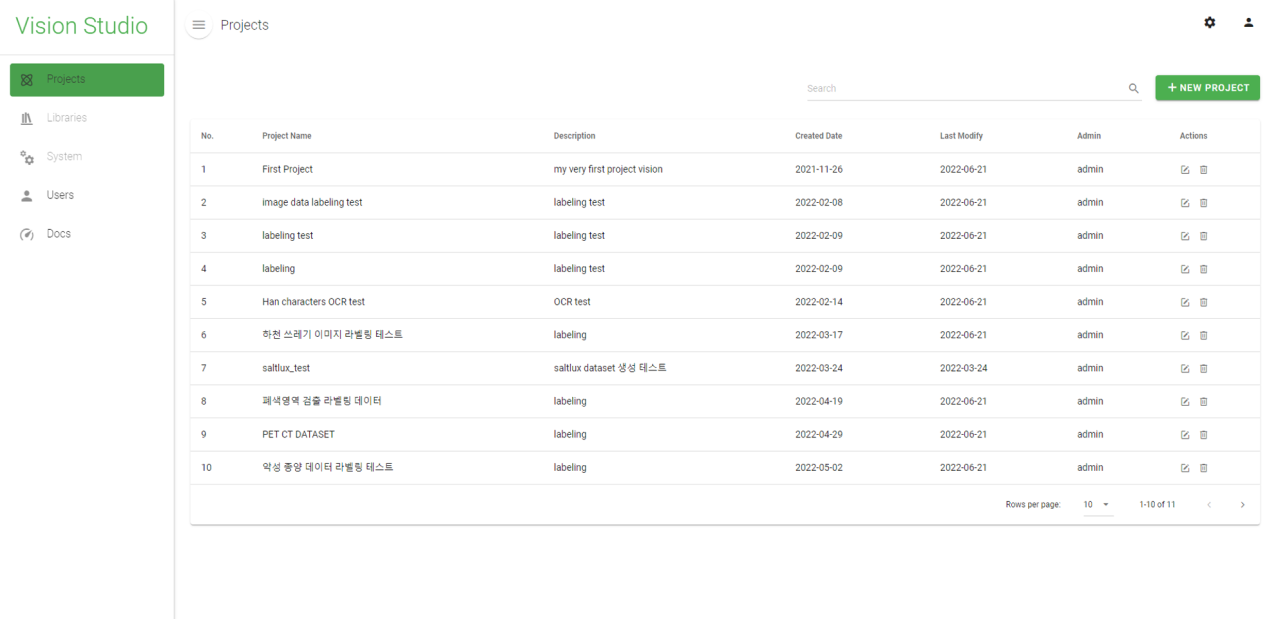


The AI eye! It recognizes you even in a crowd.
By giving AI a sense of vision, you can now allow it to spot what you’re looking for in pictures and videos. The sophisticated AI visual model will be your eyes in desired service of various fields such as industrial sites, medicine, education, retail, autonomous driving, and security.
- #Facial recognition
- #Image analysis/classification
- #Image analysis
- #Visual data mining
- #Robot vision
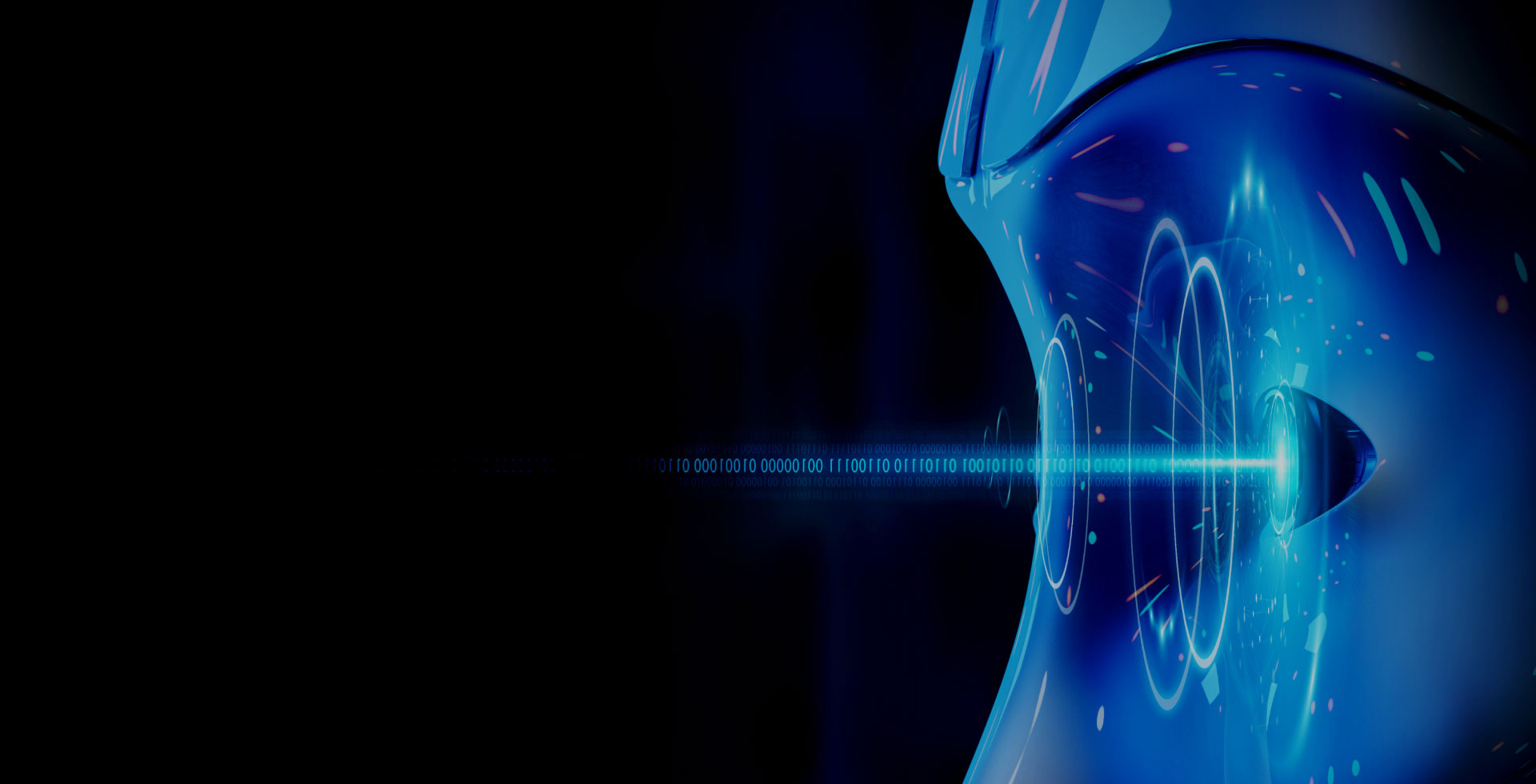
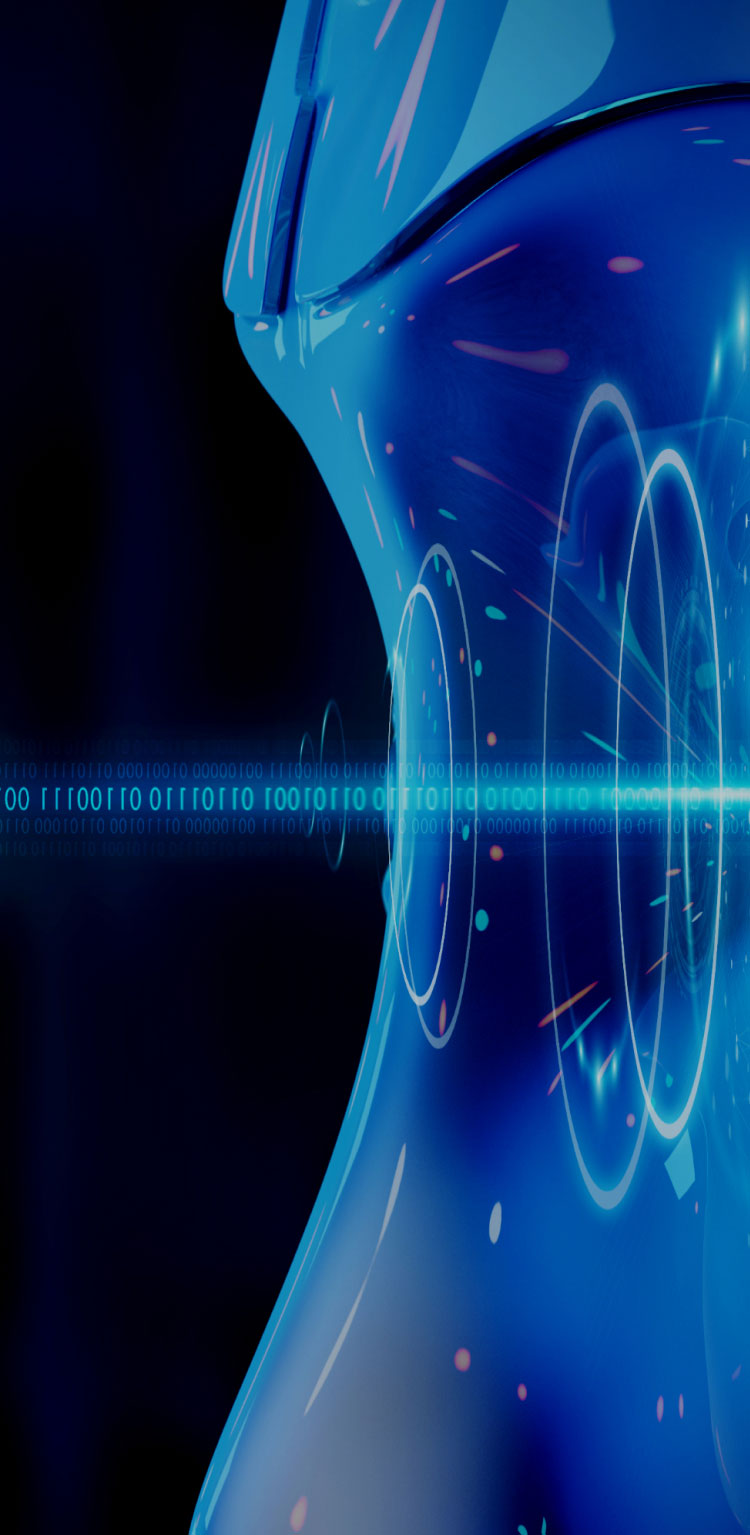
What Makes VISION STUDIO So Special?
VISION STUDIO provides high-quality object, face, gesture, vehicle, and character recognition services through integrated labeling tools and in-studio continuous dataset creation and model sophistication, with image data labeling to management.
-
Point 01
that covers data generation to
One-step service
-
Point 02
Automatic model
prediction labeling
-
Point 03
Real-time
recognition speed
-
Point 04
rate for Asian faces
High recognition
-
Point 05
through transfer learning
Rapid modeling
System Configuration

Core Technology
3D Point Cloud
Extraction and identification of entities in 3D Point Cloud
It semantically split or detect entities based on Point Cloud from 3D data collected from real-life.
Features
-
01Optimized web-based rendering
It enables real-time rendering with WEB-GL, making rendering quick and dependable without the need for high-performance GPUs.
-
02Accurate semantic segmentation
Based on the SemanticKITTI dataset, 3D semantic segmentation performance achieves more than 70% of mIoU, offering exceptional performance.
-
03Compatibility with various formats
It supports a broad variety of file formats for 3D modeling, from data stored in PCD to LAS 1.4 binary, to enable optimal compatibility.
-
04Optimal object classification
The object classification tool uses ModelNet40, which has a classification accuracy of more than 90%, to accurately categorize objects in point cloud data that are challenging to understand.
Facial recongnition
Extraction and identification of people’s faces from images
It extracts and identifies areas with human face using labeling data generated within the studio.
Features
-
01One-step service that covers data generation to models
By learning iterative (n<200) models using studio-generated and accumulated labeling data, it is possible to automatically process labeling through model prediction.
-
0202 Rapid and accurate recognition
It offers near-real-time recognition speed with an accuracy rate of more than 95%. Additionally, it performs well in the presence of hindrances such face masks.
-
03Model optimized for Asian faces using semi-supervised training
With just a small dataset, the semi-supervised learning model can extract and detect key facial features like the eyes, nose, and mouth to allow facial recognition services.
-
04Simple API format
It is provided in the form of REST API, so it can be applied to customer service with a simple calling code implementation, and is usable on a variety of devices while utilizing the least amount of resources.
Age/gender recognition
Extraction of people's face from images and age/gender identification
It extracts a person's face from a file-based image and estimates the age and gender of the person.
Features
-
0101 Extraction technique for sophisticated domains
Different models may be constructed by utilizing existing learning models through quick extraction and transfer learning of face regions at rates of 70 FPS or greater using the best Stochastic Reward Nets (SRN) model in the world.
-
02Model optimized for Asian faces
It extracts unique facial key features (eyes, nose, mouth, etc.) by utilizing a pre-learning model trained using various Asian faces, and leverages facial recognition technology to provide sophisticated recognition performance with a mean absolute error (MAE) of less than 4%.
-
03Ensemble of various models
It uses a combination of various models to ensure optimal performance. Each model has more than one role, such as detection and recognition, and also compares scores with each other to provide the optimal results.
-
0404 Simple API format
It is provided in the form of REST API, so it can be applied to customer service with a simple calling code implementation, and is usable on a variety of devices while utilizing the least amount of resources.
Object recognition
Extraction and identification of objects from images
It extracts an area with an object from a file-based image and identifies it by recognizing objects in that area.
Features
-
01Models that leverage diverse datasets
It provides accurate and sophisticated recognition performance with models that are trained with the world-famous Image-net, MS-COCO dataset as well as Korea-specific data.
-
02Distortion-resistant model
Even if the item you wish to recognize is susceptible to distortion due to obstructions or light reflections, it improves the picture using a variety of preprocessing methods to ensure great recognition performance.
-
03Higher recognition performance with less data
With a recognition rate of over 90%, semi-supervised object detection offers great performance with only 5% of the total data used for labeling.
-
04Simple API format
It is provided in the form of REST API, so it can be applied to customer service with a simple calling code implementation, and it can be easily utilized on various devices by utilizing minimum resources.
OCR
Optical character recognition to detect and recognize characters in images/documents
It can generate labeling data created within the VISION STUDIO, then detect and recognize letters in images or documents through n(<1,000) iterative mode learning.
Features
-
01High text recognition rate
It recognizes characters in photos and documents based on a large-scale transformer model and offers optical character recognition rates of more than 96% for both Korean and English in addition to natural language conversion.
-
02Various data format provided
By choosing an image or PDF file, users can quickly and simply extract the text. Text data is also accessible as data files in formats such as JSON, COCO, Pascal VOC, and XML.
-
03Model performance comparison
Performance comparisons can be done by distinguishing and displaying automatically generated expected results from manual labeling results with trained models.
-
04Simple API format
It is provided in the form of REST API, so it can be applied to customer service with a simple calling code implementation, and it can be easily utilized on various devices by utilizing minimum resources.
VISION STUDIO TOOL
Key features for labeling service implementationVISION STUDIO provides key features for labeling service implementation, from image data labeling to distribution and management.
-
Project management
-
Labeling tool
-
Model management
-
User management
Tool Introduction
-
01Project management
-
02Labeling tool
-
Annotation tool for image labeling
- Annotation tools in various forms, such as Bounding Box, 2D Point, Polygon, etc.
- 3D annotation tools, such as 3D Point Cloud labeling
- Creation and management of labeling for specific area
- Management of image-specific labeling dataset
- Export into various formats such as JSON and XML
-
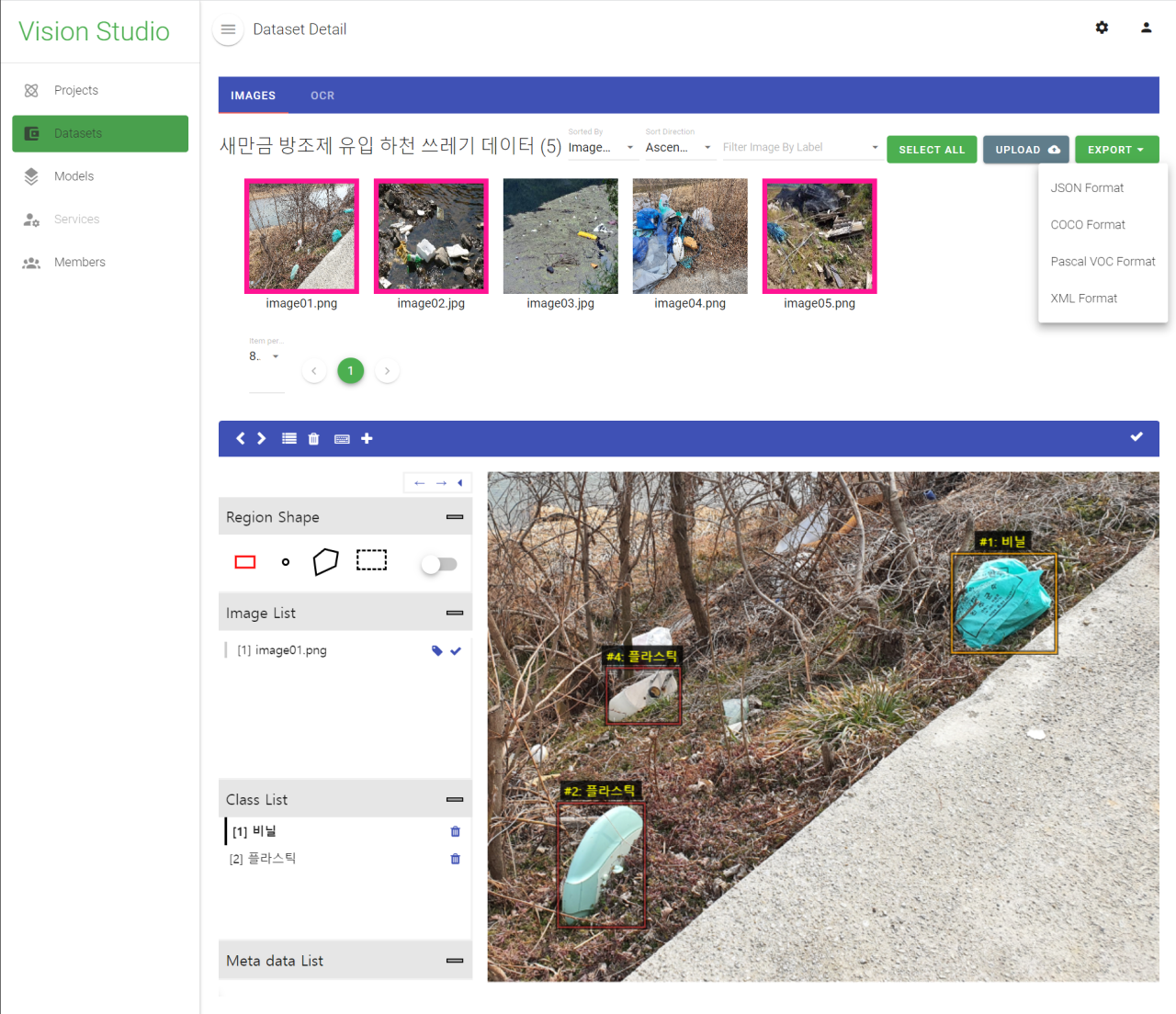
-
-
03Model management
-
Management of trained model
- Saving, management of model by project
- Model training
- Image file model testing
- Deployment of trained model
-
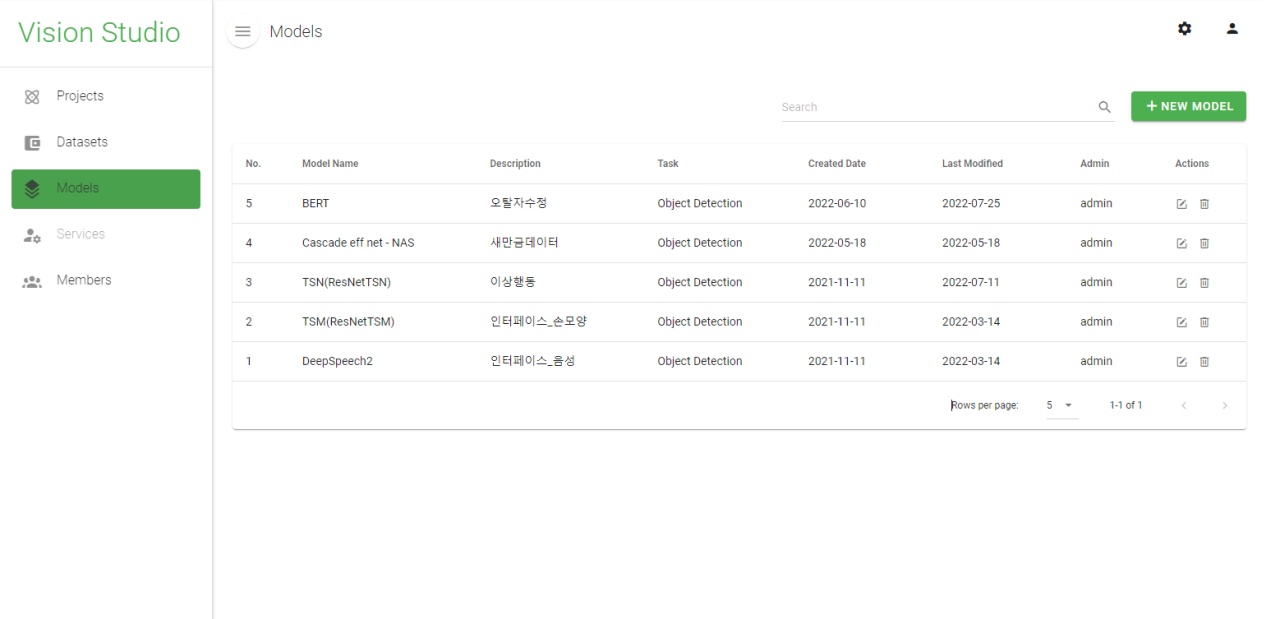
-
Success Story
- National Information Society Agency
- smart full-cycle care solution
- National Information Society Agency
- National Information Society Agency
-
3D object recognition
3D image data and development of AI models for Korean cities
Built a large-scale 3D image data for Jeonju City, Gwangju City, and developed optimized AI models that are tuned to support a variety of spatial and object data-based technologies.
-
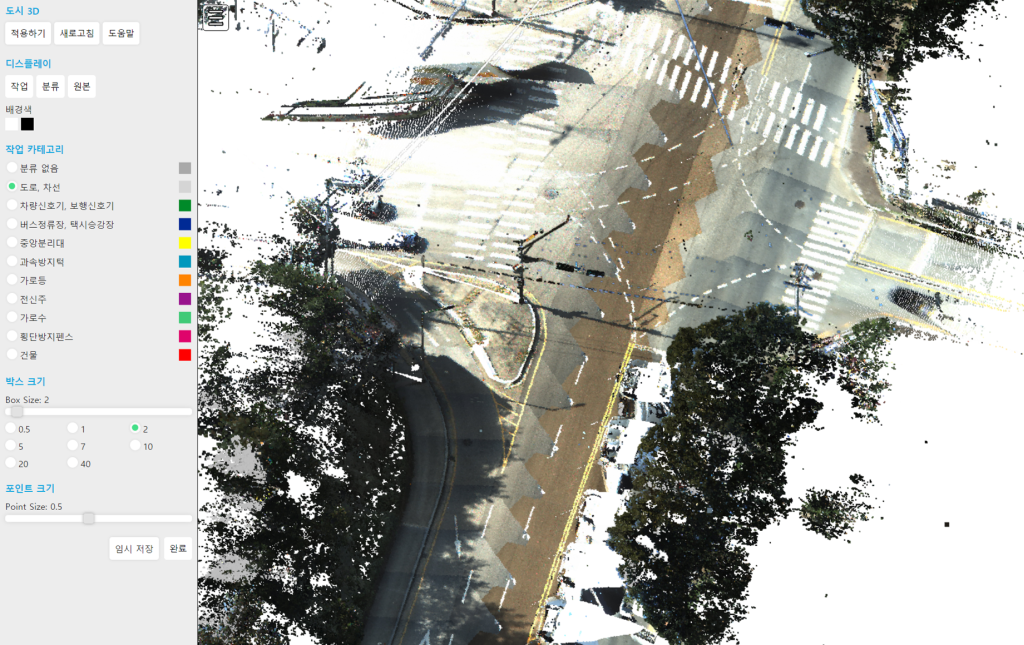
- 200,000 pieces of 3D Point Cloud mesh, metadata each
- AI model utilizing urban 3D video data
-
Image recognition
Developed the world's first smart full-cycle care solution for hyperthyroidism
Developed an eye disease management system using an AI technology based on user-taken photos for effective disease management and early prevention of complications in patients with hypothyroidism
-
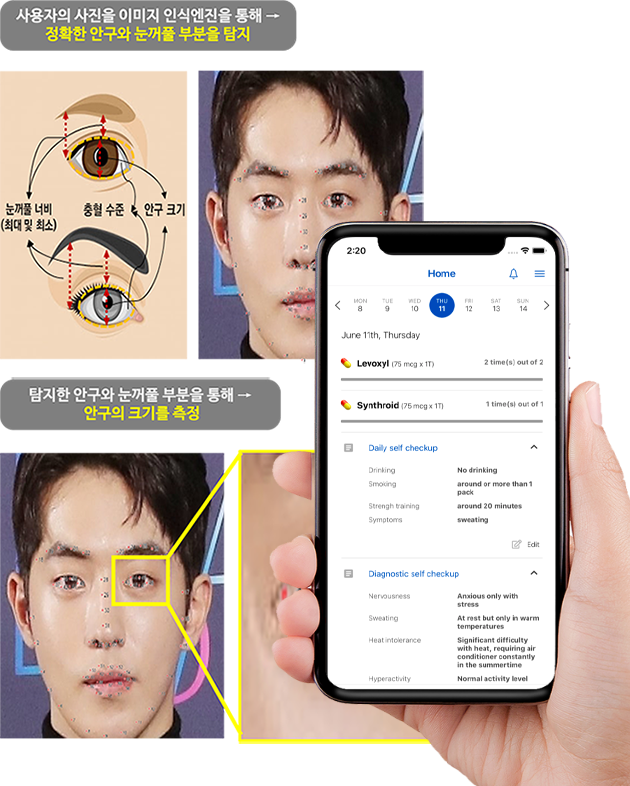
- Effective remote care by pre-prediction and by monitoring the risk of abnormal thyroid function through the assessment of the progression of ophtalmic conditions and diseases, as well as their rapid treatment, and the prevention of complications.
-
Image recognition, analysis
AI data and models for predicting lung cancer prognosis
Provided PET/CT imaging diagnostic image analysis of lung cancer patients that can be used for precise treatment and onset prediction of lung cancer patients in the future, established a combined dataset of diagnostic information and clinical information from clinical experts, and developed a service model
-
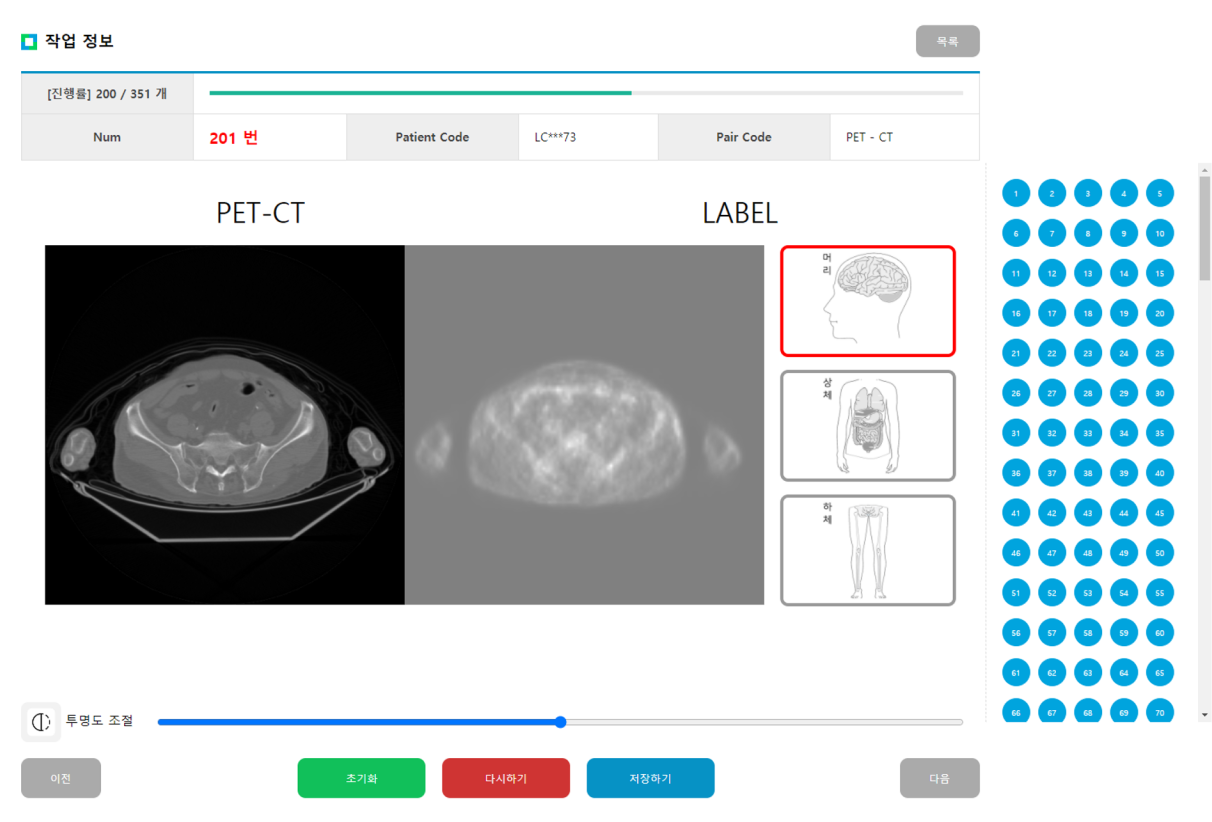
- that predicts lung cancer prognosis through AI algorithms.
- PET/CT images and clinical data from 5000 patients
- Genomic data and tumor site data from 400 patients
-
AI sign language translation solution
Development of AI sign language translation solution for realistic industry maintenance training content
Developed an AI sign language translation solutions to bridge the digital information gap for people with disabilities and increase the effectiveness of remote education through realistic maintenance education content.
-
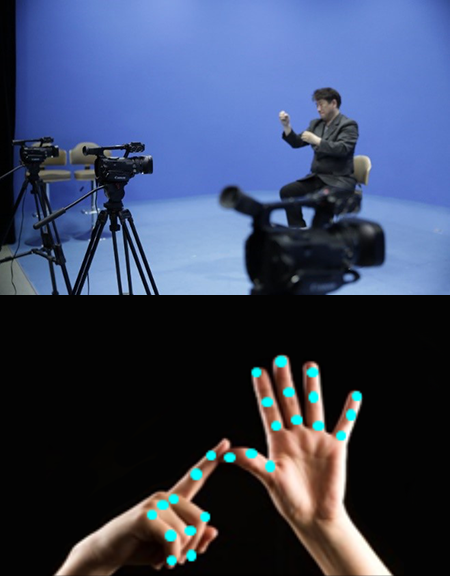
- Sign language learning datasets (more than 600 types)
- Sign language translation models (more than 100)
Reference
-
3D autonomous driving in special environments
National Information Society Agency
More than 2 million driving videos, more than 450,000 2D-3D fusion processing learning data

-
In-vehicle and external situation awareness
National Information Society Agency
More than 500,000 vehicle behavior, more than 500,000 vehicle interface learning data

-
Object recognition on product images
DTWORECOURCE
Processing of 76,000 AI learning data to enable object recognition for 150 products

-
Biometric therapy system
GNICT
Advanced smart therapy service through video, voice data collection and labeling of 8 emotions

-
Facial recognition
National Information Society Agency
Face recognition aging, real environment IR face detection and recognition data

-
Coastal pollutant detection
National Information Society Agency
Participated in creating 400,000 coastal pollutants image analysis engine

